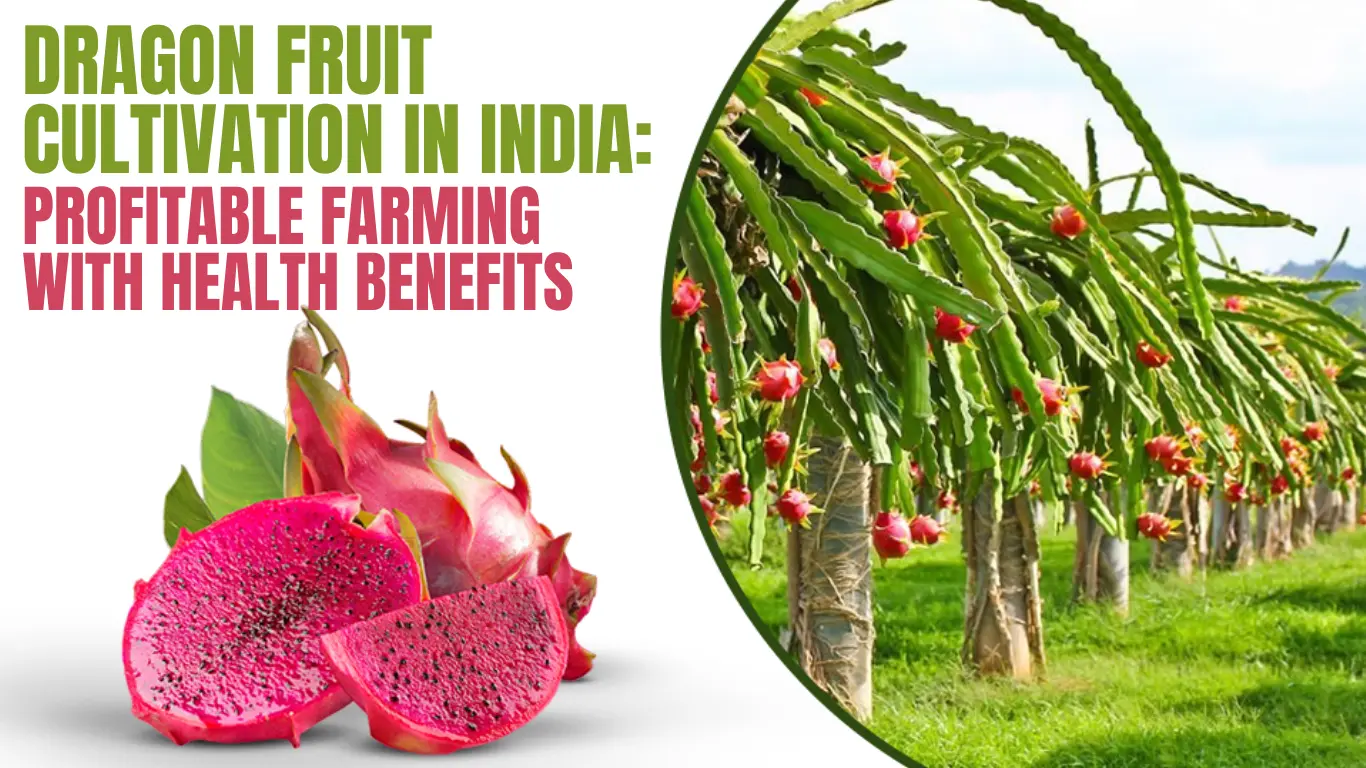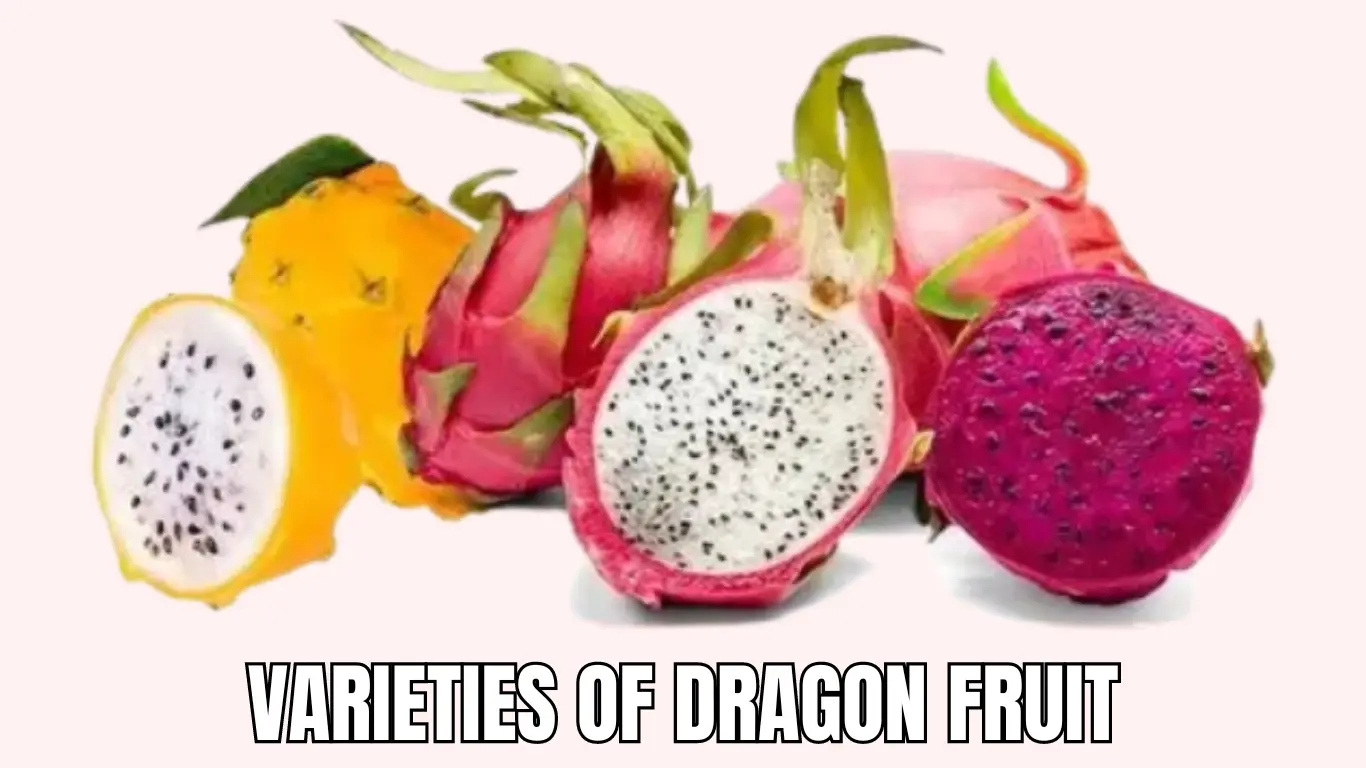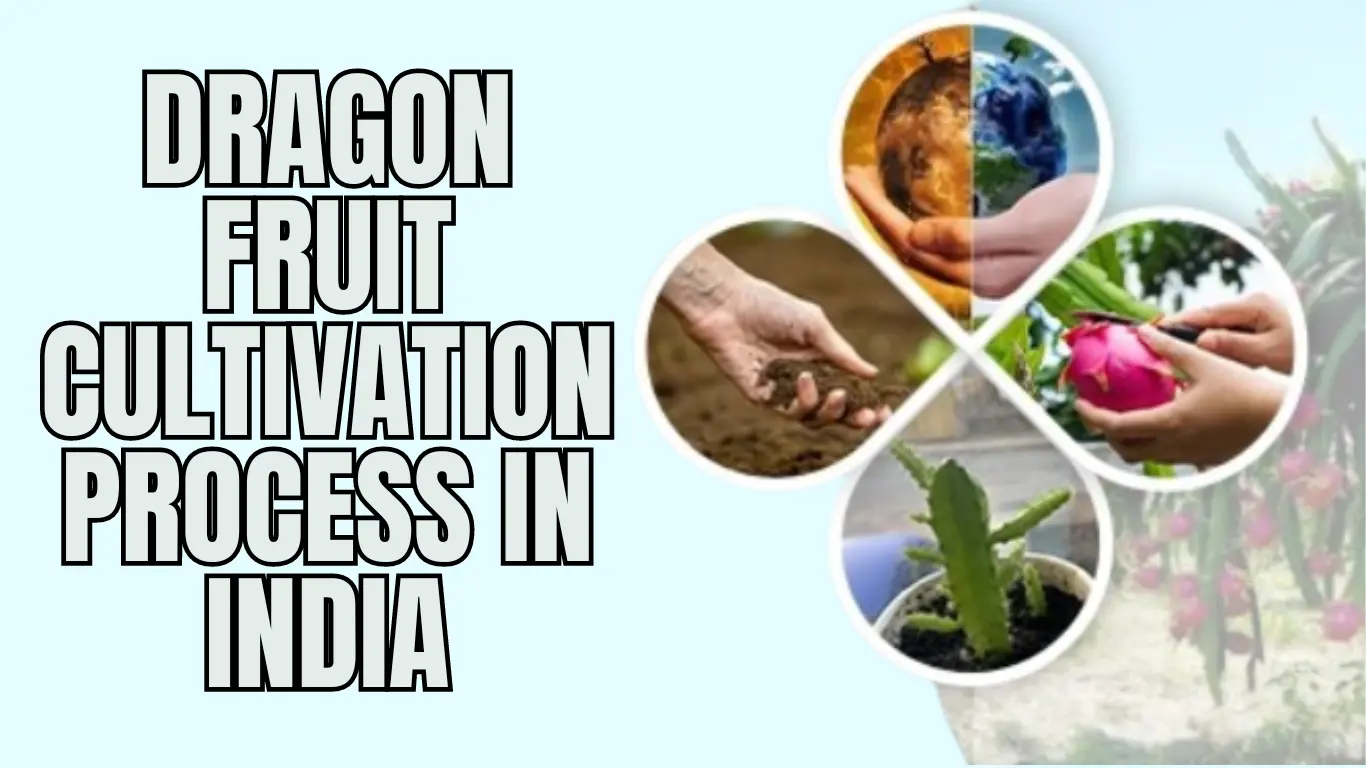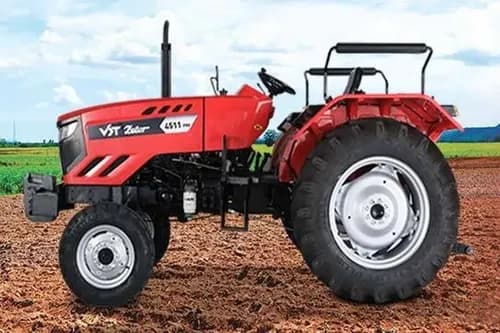Ad
Ad
Dragon Fruit Cultivation in India: Profitable Farming with Health Benefits

Dragon fruit, also known as Pitaya, has gained significant traction in India's agricultural landscape, with over 10,000 farmers embracing its cultivation. Known for its vibrant pink colour, sweet taste, and numerous health benefits, dragon fruit is quickly becoming one of the most profitable crops. States like Andhra Pradesh, Tamil Nadu, and Karnataka are leading this revolution, which are supported by government initiatives and the growing demand for exotic fruits.
In this article, we will explore everything you need to know about dragon fruit cultivation, including its growing regions, varieties, cultivation process, health benefits, and global status.
Also Read: Organic Farming in India: Types, Methods, Benefits & Challenges Explained
Why Dragon Fruit?
Dragon fruit, native to Central America, has found a home in India's warm-weather regions. The tropical climate of India makes it an ideal location for growing this fruit, which requires minimal water and can thrive in areas with temperatures ranging between 20°C to 30°C. One of the primary reasons for the rise in dragon fruit farming is its high market price. A kilogram of dragon fruit can fetch as much as Rs. 150, making it a lucrative option for farmers.
Indian States Leading in Dragon Fruit Cultivation

The journey of dragon fruit cultivation in India began in the late 1990s. Over the years, its production has expanded, particularly in states like Gujarat, Karnataka, and Maharashtra, which together account for nearly 70% of the country's output.
- Gujarat: The Kutch region is one of the most advanced areas in terms of dragon fruit cultivation, with over 800 hectares of farmland dedicated to this fruit.
- Karnataka: Starting with just 10 hectares in 2012, the state has expanded its cultivation area to 500 hectares by 2020, with plans to increase to 5,000 hectares.
- Maharashtra: Western regions of Maharashtra have also seen a rapid rise in dragon fruit farming.
Currently, India produces over 12,000 tons of dragon fruit annually, with established regions yielding up to 13.5 tons per hectare.
Varieties of Dragon Fruit

Dragon fruit comes in several varieties, each with unique characteristics and flavors. In India, the most common variety is the red-skinned fruit with white flesh. However, other lesser-known varieties are also grown:
Price Range of Dragon Fruit in India
The price of dragon fruit varies based on its variety. Here's an estimated price range for the most popular types:
- Pink Dragon Fruit: Rs. 150 per kg
- Red Dragon Fruit: Rs. 150 per kg
- Yellow Dragon Fruit: Typically priced higher due to its rarity.
Dragon Fruit Cultivation Process in India

Cultivating dragon fruit requires the right climate, soil, and farming practices. Below is a step-by-step guide to successful dragon fruit farming in India:
Climatic Conditions
Dragon fruit thrives in tropical climates with temperatures between 20°C to 30°C. It requires 40–60 cm of rainfall annually to support healthy growth. The fruit grows well in warm areas, making it perfect for regions like Andhra Pradesh, Tamil Nadu, Karnataka, Gujarat, and Maharashtra.
Soil Requirements
The fruit can adapt to various soil types but prefers sandy soils that are rich in organic matter. The ideal pH range for optimal growth is between 5.5 and 7. Well-drained soil is crucial as it prevents root rot and helps in the healthy growth of the plants.
Seed Bed Preparation
The seedbed should be placed in a sunny area with well-drained soil. Before planting, ensure the soil is well-prepared with organic matter to promote healthy root development. Keep the roots dry to prevent rotting.
Plant Propagation
Dragon fruit can be propagated through seeds or cuttings, but cuttings are the preferred method for commercial cultivation as they yield faster results. Cuttings should be around 20 cm long and taken from healthy mother plants. These cuttings are planted in pits filled with a mixture of soil, manure, and superphosphate, which supports better growth.
Fertilization
Each plant should receive around 10-15 kg of organic compost annually. You can also use inorganic fertilizers at different growth stages to enhance plant development and fruiting. A balanced fertilization plan ensures optimal fruit yield.
Harvesting
Dragon fruit typically matures 27-30 days after the flowers bloom. Harvesting should be done promptly to avoid over-ripening and spoilage. The fruit should be picked when it reaches full maturity for the best flavor and market value.
Also Read: Top 10 Most Profitable Farming Ventures in India
Health Benefits of Dragon Fruit
Dragon fruit is not just popular for its taste but also for its numerous health benefits. Incorporating dragon fruit into your diet can offer a range of advantages:
High in Fiber
Dragon fruit is an excellent source of dietary fiber, making it a great option for digestion and maintaining a healthy weight.
Blood Sugar Control
Some studies suggest that dragon fruit may help lower blood sugar levels, potentially supporting the function of insulin-producing pancreatic cells. However, more research is needed to confirm this benefit in humans.
Anti-Cancer Properties
Dragon fruit contains antioxidants and Vitamin C, both of which play a role in reducing the risk of chronic diseases like cancer, diabetes, and Alzheimer's.
Digestive Health
Dragon fruit is rich in oligosaccharides, which support healthy gut bacteria. Its high fiber content also lowers the risk of cardiovascular diseases and some cancers.
Hair and Eye Health
Dragon fruit can improve hair and eye health due to its rich vitamin content. Beta-carotene present in the fruit helps protect against conditions like cataracts and macular degeneration.
Benefits During Pregnancy
Dragon fruit is packed with essential nutrients, making it a healthy choice during pregnancy. However, pregnant women should consult their doctors for personalized advice.
Global Status of Dragon Fruit Cultivation
Dragon fruit has gained immense popularity worldwide, with Vietnam leading in production, contributing over 50% of the global supply. Other major producers include China, Indonesia, and Mexico.
Here's a quick look at the major dragon fruit-producing countries:
Challenges and Future Prospects in India
Dragon fruit farming in India is assured of exponential growth. However, challenges such as high initial costs and a lack of technical knowledge still hinder small farmers. With the right support from government schemes and an increase in awareness about modern farming techniques, dragon fruit cultivation can become a major contributor to India's agriculture or agricultural economy.
Also Read: Farmer's Guide to Controlling Pokka Disease in Sugarcane
CMV360 Says
Dragon fruit, with its origins in Central America, is quickly becoming one of India's fastest-growing crops. The combination of high profitability, low water requirements, and numerous health benefits makes dragon fruit an attractive option for farmers. As global demand for this exotic fruit rises, India is well-positioned to expand its dragon fruit production, particularly in states like Gujarat, Karnataka, and Maharashtra.
With the right climate, soil conditions, and farming practices, dragon fruit farming can become a sustainable and profitable venture for farmers across the country. The future of dragon fruit cultivation in India looks promising, driven by market demand, customer preferences, and favorable government policies.
Embrace the potential of dragon fruit farming and watch your agricultural business thrive in this ever-growing market.
Features & Articles
Comprehensive Guide to Tractor Transmission System: Types, Functions, and Future Innovations
Learn about tractor transmission types, components, functions, and selection factors to enhance efficiency, performance, and agricultural productivity....
12-Mar-25 09:14 AM
Read Full NewsModern Tractors and Precision Farming: Transforming Agriculture for Sustainability
Precision farming enhances agriculture by integrating GPS, AI, and modern tractors for sustainable, efficient, and productive farming practices in India....
05-Feb-25 11:57 AM
Read Full NewsTop 10 Tractors Under 30 HP in India 2025: Guide
Top 10 tractors under 30 HP in India offer efficiency, affordability, and power, ideal for small farms with diverse agricultural needs....
03-Feb-25 01:17 PM
Read Full NewsNew Holland 3630 TX Super Plus vs Farmtrac 60 PowerMaxx: Detailed Comparison
Compare New Holland 3630 and Farmtrac 60 tractors by specs, price, and features to find the perfect fit for your farm....
15-Jan-25 12:23 PM
Read Full NewsSwaraj 735 FE Vs Eicher 380 2WD Prima G3: Detailed Comparison
The Swaraj 735 FE and Eicher 380 2WD Prima G3 are reliable, powerful tractors suited for various farming tasks....
14-Jan-25 09:41 AM
Read Full NewsHow to Choose the Perfect Tractor for Your Farm: A Comprehensive Guide
Choose the right tractor by assessing farm needs, horsepower, efficiency, comfort, and budget to enhance productivity and savings....
09-Jan-25 09:43 AM
Read Full NewsAd
Ad
As featured on:


Registered Office Address
Delente Technologies Pvt. Ltd.
M3M Cosmopolitan, 12th Cosmopolitan,
Golf Course Ext Rd, Sector 66, Gurugram, Haryana
pincode - 122002

























